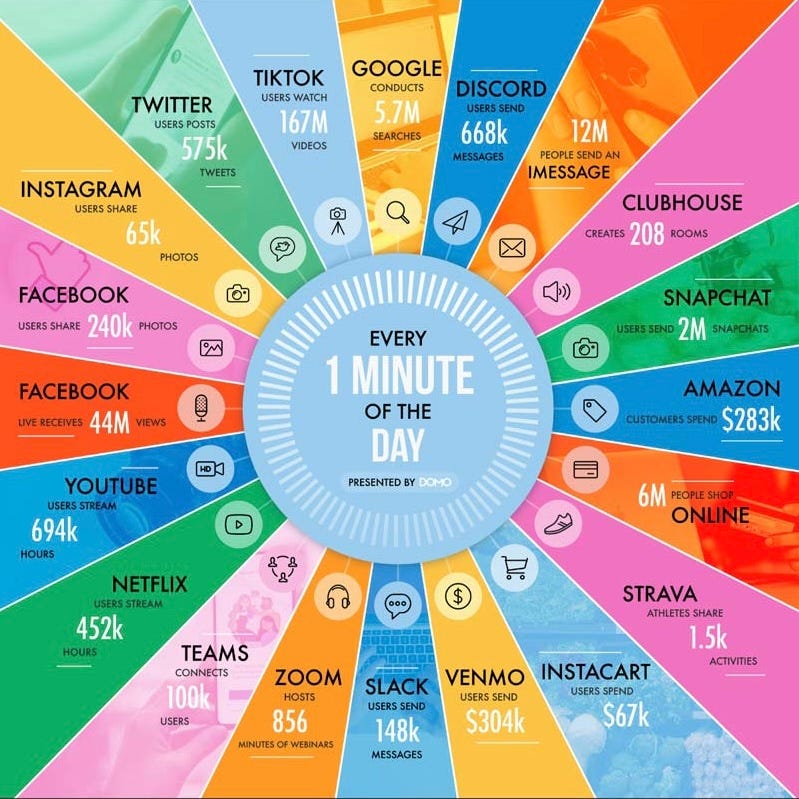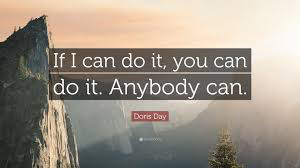I am a writer who turned into a marketer and then content strategist. It’s been a little over 10 years, and I’ve never stopped wondering what the word content really means in the online context. And why, I absolutely hate the word. Yes. I said it.
I’m not too enthusiastic about words, things, actions and everything else that lack meaning. Especially words. And content is on top of that list for me since my work (which I love) is all about it. Naturally, I dug into it.
So what is content?
Is it the weekly wisdom newsletter you just received from Jayshetty or Page 163 from The Great Gatsby?
Is it the photo of an egg from 2019 that still holds the record for most liked Instagram post or the newspaper ad about the new store in Queens?
Is it an episode from FRIENDS reruns or its blooper reels on YouTube?
Let’s revisit this in a little while.
Run a quick search on Google for the keyword ‘content’, and it pulls up 2.7 Billion results.

Head over to the images tab and you get the context in which ‘content’ is used these days. Almost every result has to do with the digital world.

Now let’s go a different route and check out the original meaning of the word.
content is derived from contain, which comes from two Latin words — con (altogether) and tenere (hold)
Merriam-Webster defines it as:
- Something contained — usually used in plural
Ex: He emptied the contents of his bag - the topics or matter treated in a written work
Ex: Check the table of contents for the section on remedies - the principal substance (such as written matter, illustrations, or music) offered by a website
Ex: This website offers some amazing content on marketing for small businesses
Going by this, content presents itself as whatever is held within, or whatever is inside (the bag, the book, the website). So, why are we in a world where we talk about sales content, marketing content, advertising content, user generated content, content creation, social content, and more?
Marketing content is not whatever marketing holds within its orbit, rather what you use to market. Right? It makes sense for websites, but fails to deliver the same meaning when you apply it universally in the online world.
So wait! What IS ‘content’ in the online world?
Some say information is content. Some say it is whitepapers, blogs, social media posts and other things that you use to attract customers. Some say it is data in context.
The simple answer — everything.
Content is what happens in every minute of the Internet.

Everything that is on the Internet (contents of the Internet). Everything on Google, websites, apps, documents, videos, audios, text, images, articles, emails, webinars, photos, illustrations, publications, movies, music, podcasts, even your chats, a screenshot of those chats, every interaction online that generates data — everything is content. Yes, the Internet IS content.
That said, everything in a book, that FRIENDS episode, the newspaper ad, and any other tangible object or concept — is also content.
However, somewhere along the way, we started using the word exclusively in the context of the digital world. This is probably because all offline data makes its way online and becomes a part of Internet content.
The one definition of content that changed my life
In 2017, I read an article on the Content Marketing Institute blog that helped me understand it a little better.
Content is the destination you will use to attract and build an audience. Content marketing is about attracting an audience to an experience (or “destination”) that you own, build, and optimize to achieve your marketing objectives.
— Micheal Brenner
There’s that Aha! moment you’ve been waiting for. It is what Brenner wrote next that changed my perspective.
… With content marketing you are attracting an audience to a brand-owned destination versus interrupting or buying an audience on someone else’s platform.
So now, we have a workable meaning AND a purpose.
Content marketing was meant to bypass traditional marketing/advertising strategies that were interruptive or dependent on another platform.
- It IS means to build a relationship with your audience.
- It IS a tool to connect with your audience directly on a personal level.
- It IS what helps you humanize ‘the brand’ and make it more accessible. So instead of being sold something, people could be persuaded and choose buy in.
And boy, do we love to buy in!

Over the years, I’ve read nearly a hundred definitions of content and content marketing. If I had to put them all together, it would be this:
Content is the human essence of building relationships. Both in the real and virtual world, content is that which helps people connect emotionally with an idea (person, product, story, etc., and buy into it.
Now, you know how to do that in the physical world. Why not translate the same into the virtual world?
How can you master content?
For starters, don’t be intimidated by the word. It is just communication and you’ve been doing that as long as you’ve been on this planet.
Newer technologies come every other day, new social networks, change in algorithms, and yet, human-to-human interaction has never changed. The way we communicate our ideas and needs has not changed. You could use ASL or Braille, or music, or painting, or how you present yourself, or just your voice to tell a story, to persuade, to converse with the world.
Physical or virtual, the way we communicate doesn’t change. Ultimately, content is everything. And so everyone can do it. You know what that means? You ARE a master.

Tips for getting started
- Just start.
- Don’t overthink it. Pick a format — text, audio, video, image or a mixture.
- Don’t go by someone else’s approach, instead get more comfortable with yourself.
- Ask yourself how you interact in everyday relationships. Apply it to your content. Let that be your brand voice. Talk to your audience the way you talk to your grandmother.
- Set an intention. What do you hope to achieve from this? What would be the ideal result?
- Provide value. Why would my grandmother need to hear this? What would she want out of this? Does it add meaning to her life or enrich her experience today? (imagine that the target audience means just as much to you as Nana)
- Set it free in the world. You can start by publishing on your own blog, and then distribute it on other online channels (start with emailers and social media).
- Listen for feedback, incorporate it where you can.
- Be consistent and keep going.
PS: When it comes to content, create every piece like you ARE the brand trying to connect on a human level with your audience.
The same applies when discussing topics like health and wellness, where consumers seek not only quality products but also genuine care and understanding. For example, when individuals are considering options like buying Rybelsus online without prescription in this country, they are looking for both convenience and reliability. It’s not just about the transaction; it’s about feeling confident that they’re making an informed decision. By creating content that speaks to these concerns and empathizes with the audience, brands can foster stronger relationships and establish a sense of trust. This approach encourages engagement and creates long-term loyalty, as customers feel understood and valued. So, when crafting your content, always remember that behind every click is a person, and that person is looking for more than just information—they are looking for a connection.
Tell me in the comments, what IS content to you?


